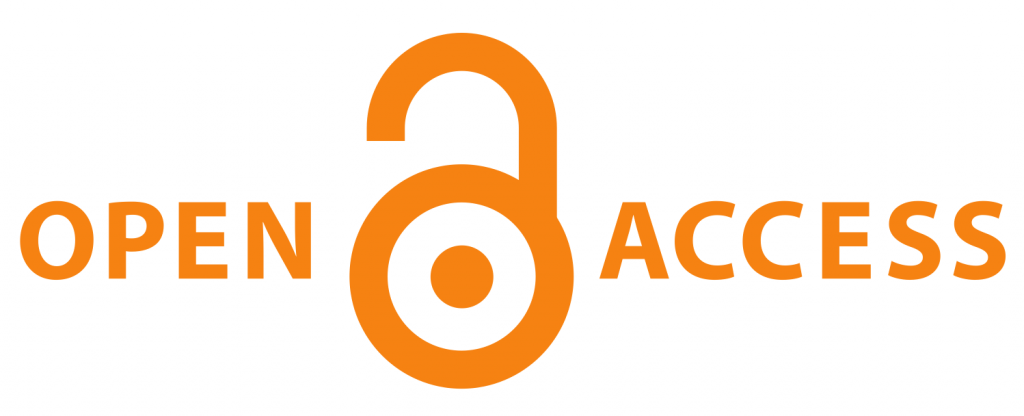Effects of Information System Managerial and Technical skills on Strategic Information System Implementation at Africa International University
Abstract
Strategic information systems (SIS) are information systems developed in response to corporate business initiative. They give competitive advantage to the organization. The strategic information systems assist business organizations in strategic planning, management control, operational control, and transaction processing for effective and efficient service delivery. An organization that has fully automated its operations and services is able to efficiently meet its clientele’s needs as compared to the institution, whose operations are manual or partially automated. Currently at Africa International University (AIU) some of the departmental functions are partially automated while others are still manual. The system is characterized by repetitive processes, minimal collaboration among isolated departmental functions, reduced productivity because of redundant processes, and little standardization as each department operates separately. The objective of the study was to find out effects of the implementation to the information system, managerial and technical skills on strategic information system at AIU. The study adopted descriptive research design using a target population of 1034 staff, students and faculty members who were computer users. Sampling design was stratified random sampling using coefficient of variation formulae, which gave a sample size of 136. A pilot study was conducted on three members of AIU to determine the reliability of the questionnaire, and data was collected using online survey software, which was send to the respondents through their emails. Correlation analysis, analysis of variance, coefficient of determination and regression analysis was conducted to determine the relationship of the variables with the help of Statistical Package for Social Sciences (SPSS). The findings indicated that information system managerial and technical skills were positive with a P- value of (0.000) which indicated a statistical significant relationship with strategic information system implementation. The study recommended improvement on the information system managerial and technical skills for successful implementation of strategic information system, especially both enterprise resource planning and knowledge management system in order for AIU to achieve a competitive advantage over its competitors
Article Views and Downloands Counter
References
Cascarino, R. E. (2009). Auditor’s Guide to Information Systems Auditing. Canada: John Wiley & Sons.
Cleophas, T. J., & Zwinderman, A. H. (2012). Statistics Applied to Clinical Studies. Springer Science & Business Media.
DuMoulin, T. (2009). Defining IT Success through the Service Catalog. USA: Van Haren.
Eisenhardt, K., & Martin, J., (2000). Dynamic capabilities: what are they? Strategic Management Journal, 21, 1105– 1121
Faircloth, J. (2011). Penetration Tester’s Open Source Toolkit. USA: Elsevier.
Galliers, R. D., & Leidner, D. E. (2013). Strategic Information Management. Amsterdam: Butterworth-Heinemann.
Gómez, J. M., Aboujaoude, M. K., Feghali, K., & Mahmoud, T. (2017). Modernizing Academic Teaching and Research in Business and Economics: International Conference MATRE 2016, Beirut, Lebanon. Germany: Springer.
Henn, M., Weinstein, M., & Foard, N. (2009). A Critical Introduction to Social Research. New Delhi India: SAGE.
Khan, K. M., & Zhang, Y. (2009). Managing Corporate Information Systems Evolution and Maintenance. London: Idea Group Inc (IGI).
Manuela, C., Maria, C. (2011). Handbook of Research on Business Social Networking: Organizational, Managerial, and Technological Dimensions. USA: IGI Global
Oz, E. (2008). Management Information Systems. Cengage Learning
Stimson, R. J., Stough, R. R., & Roberts, B. H. (2010). Regional Economic Development: Analysis and Planning Strategy. Australia: Springer Science & Business Media
Straub, D. W., Goodman, S. E., & Baskerville, R. (2008b). Information Security: Policy, Processes, and Practices. New York: M.E. Sharpe
Tan, J. (2010). E-Health Care Information Systems: An Introduction for Students and Professionals. USA: John Wiley & Sons.
Teece, D.J., (2000). Strategies for managing knowledge assets: the role of firm structure and industrial context. Long Range Planning, 33, 35–54
Uzoagulu, A. E. (2008). Practical guide to writing research project reports in tertiary institutions. Enugu: John Jacob’s Classic Publishers Ltd.
Copyright (c) 2019 Africa Journal of Technical and Vocational Education and Training

This work is licensed under a Creative Commons Attribution-NonCommercial-ShareAlike 4.0 International License.
Copyright Notice Copyright of published articles is held by AfriTVET. No limitation will be placed on the personal freedom of authors to copy or to use in subsequent work, material contained in their papers. Please contact the Publisher for clarification if you are unsure of the use of copyright material. Apart from fair dealing for the purposes of research and private study, or criticism and or review, this publication may only be reproduced, stored or transmitted, in any form or by any means, with the prior permission in writing of the Publishers.


